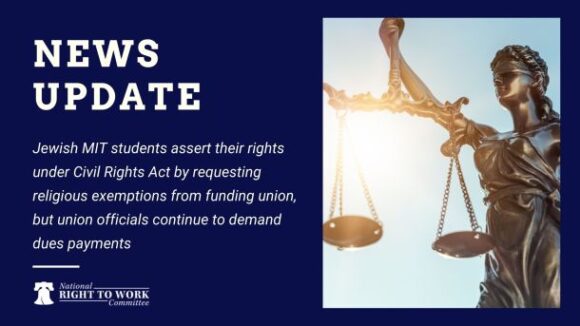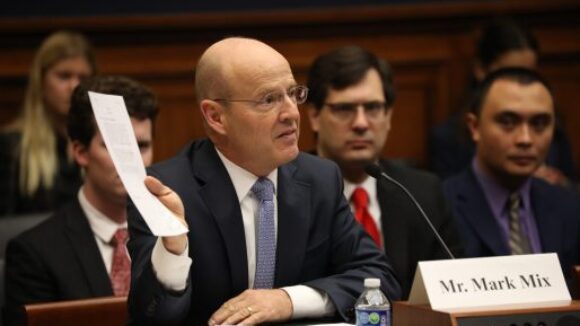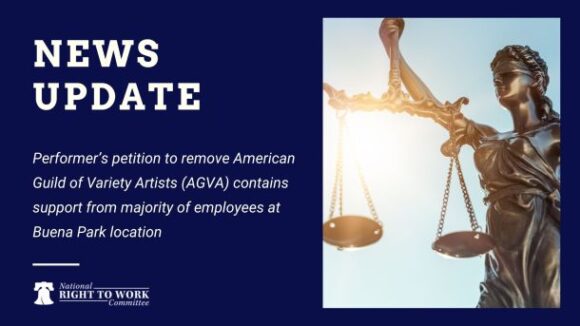As countless pro-Right to Work Americans know from personal experience, federal labor law is intensely biased in favor of the collectivization of employees by union officials.
But the National Labor Relations Act (NLRA) does at least specify that union organizers can acquire monopoly power to negotiate the pay, benefits, and other working conditions of all the employees in a group only under certain conditions. Only if the majority of those casting votes in a union election support unionization, or if the majority of all the employees in a federally-designated “bargaining unit” sign union “authorization” cards, may a single union become the so-called “exclusive representative.”
The NLRA also tacitly recognizes that, before employees collectively decide whether or not they will be unionized, they have, as then-Justice John Paul Stevens put it in a 2008 majority opinion for the U.S. Supreme Court, an “underlying right to receive information opposing unionization.”
Arguably, the protection of employees’ right to hear both sides of the story regarding union representation is the primary purpose of Sec. 8(c) of the Taft-Hartley amendments to the NLRA. It protects all speech supporting or opposing unionization, including speech by employers, managers, or their agents, as long as it “contains no threat of reprisal or force or promise of benefit.”
Many employers whose employees are being urged to unionize believe their employees should have the chance to hear all the key relevant facts before they make a collective decision.
Unfortunately, as Bill McMorris of the Washington Free Beacon reported yesterday (see the link below), three radical proponents of compulsory unionism who currently sit on the powerful National Labor Relations Board (NLRB), all ex-union lawyers and all appointed by union-label President Barack Obama, are now moving to gut employees’ right to “receive information opposing unionization.”
Proposed new regulations advanced last week by NLRB Chairman Mark Pearce and members Nancy Schiffer and Kent Hirozawa would reduce sharply the current median time frame of 38 days between the filing of a union “representation petition” and the holding of a union election. Employers will be given as little as 10 days to dispel misinformation disseminated by union agents over the course of several months.
The Pearce-Schiffer-Hirozawa rewrite of longstanding procedures for union organizing campaigns, often referred to as the “ambush election” scheme, would also require business owners to hand over the email addresses and telephone numbers of all targeted employees at the outset of every union certification campaign.
This winter, the National Right to Work Committee is working with congressional allies to see how the federal purse strings can be used, despite the seemingly long odds, to stop federal bureaucrats from actually implementing their ambush election scheme.


